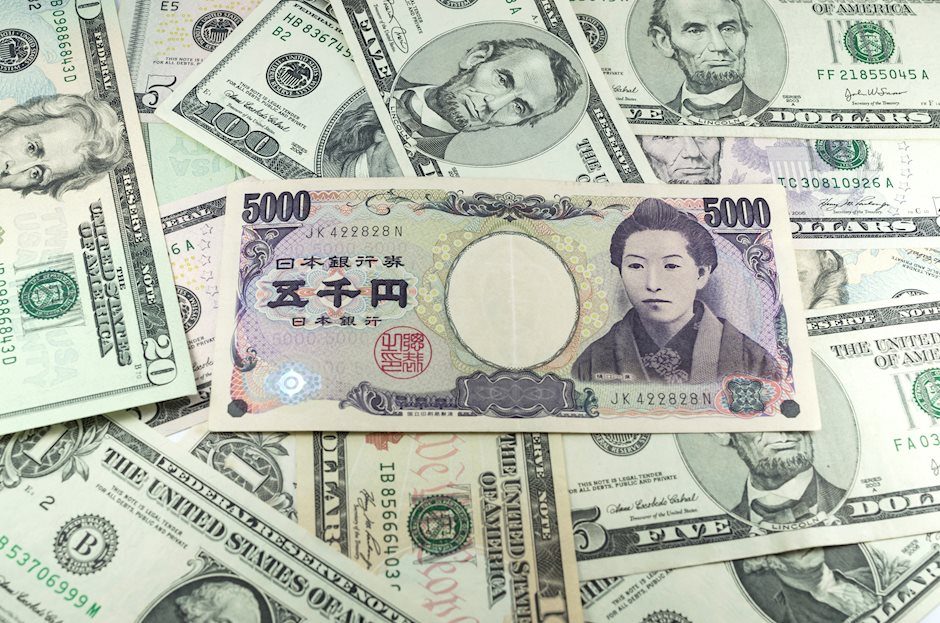What next for the Yen?

Here we go again, the market is on tenterhooks waiting to see if the Bank of Japan will intervene to stem weakness in their currency, after the yen has slipped more than 1% vs. the USD in the past week. The Vice Finance Minister of Japan verbally intervened on Tuesday and said that they could intervene to prop up the currency at any time, 24 hours a day. However, it has had little effect, and USD/JPY is marching back towards 160.00. Back in April, the BOJ was forced to do the same, and they embarked on a short-term programme of intervention.
USD/JPY is now less than 40 pips away from the key 160 level, however, compared to April, there are some people who are questioning the effectiveness of intervention and whether the Japanese authorities will attempt to stem yen weakness by intervening directly in the FX market.
The problem for the Japanese authorities is that short term intervention does not work. USD/JPY has been grinding higher for the last two months, and EUR/JPY is also trading above 170.00, its highest level since the early 90s. While the move higher in USD/JPY has been moderate, the speed in the increase in EUR/JPY could concern the Japanese authorities. However, after a failed intervention in April, what should they do now?
Monetary policy: More effective than intervention
The reason for the yen’s weakness is the yawning interest rate differential with the rest of the world. Thus, if the Japanese authorities wanted to strengthen the yen organically, it could hike interest rates and try to normalize policy.
This may not be too controversial, since the weak yen is hitting Japanese households hard. They must deal with rising inflation, as import prices surge, which is also weighing on consumption. Wage growth is also below inflation, which is adding pressure to the Japanese authorities to act. Some argue that the BOJ need to adjust monetary policy and narrow the interest differential with the US and the rest of the world, as that is the most effective way to boost the yen. However, it would also require a shift in priorities at the BOJ, moving away from keeping yields low and stable, to a normalization of monetary policy like that in the US and across Europe.
What next for monetary policy
The BOJ is still purchasing $38bn of Japanese government bonds a month, this is expected to be reduced at the next BOJ meeting at the end of July. There is also a 56% chance of a rate hike at the July meeting, according to the Japanese overnight index swaps market. Later this week, some key data releases could highlight the urgent need for BOJ action. Tokyo CPI for June, which is a lead indicator for national CPI, is released on Friday and both headline and core CPI are expected to rise. CPI has receded since it reached a high in Q1 last year, however, it has been stubbornly hovering around 2%, and it is extending gains once again, as you can see in the chart below. If rising Tokyo price pressure is confirmed on Friday, then the market could play a game of cat and mouse with Japanese officials and push them into intervening to stem yen weakness.
Tokyo CPI YoY
Source: XTB and Bloomberg
Below we look at various outcomes that could determine the value of the yen in the medium term.
USD/JPY at 165: A new line in the sand
Some analysts are arguing that the bar for official intervention from Japan to stem yen weakness is higher, after the failed attempt in April. Some argue this could be as high as 165.00. If the Japanese finance ministry see FX intervention as a waste of money, then they may let the yen continue to weaken, and leave it up to the BOJ at the end of July to boost the yen with monetary policy tightening.
Play the long game
There are some Japan watchers who argue that the interest differential between the US and Japan will narrow later this year. Currently the interest rate differential is a whopping 5.4%. There is a 63% chance of a Fed rate cut in September, and this week’s core PCE deflator data for May could increase the chances of an Autumn rate cut. If that happens then it could take the pressure off the yen naturally.
Intervention
If the BOJ intervenes, it will need to do so in a bigger way than it did in April to have any effect. Back then it intervened by purchasing more than $60bn of yen, but that proved to be an expensive mistake. Short term intervention does not work, so the BOJ may change tack and embark on a medium-term intervention programme to try and stem yen strength. This could be more effective than one off intervention, and it may take the market by surprise.
To conclude, we will be watching USD/JPY and other yen crosses closely in the coming days, as the Japanese finance ministry tends to intervene outside of European and US trading hours.
Author

Kathleen Brooks
XTB UK
Kathleen has nearly 15 years’ experience working with some of the leading retail trading and investment companies in the City of London.


















